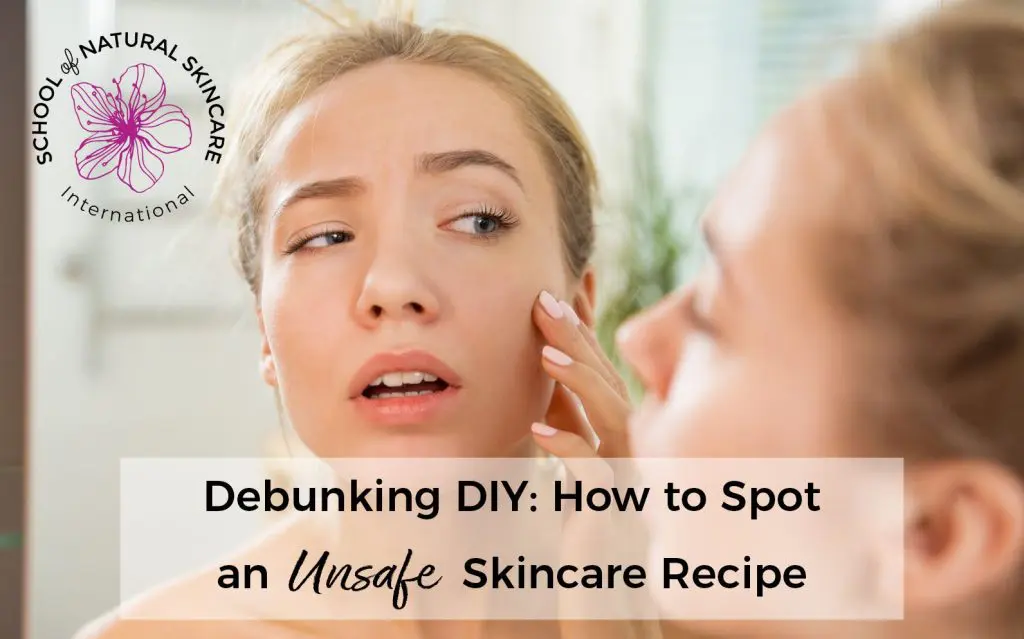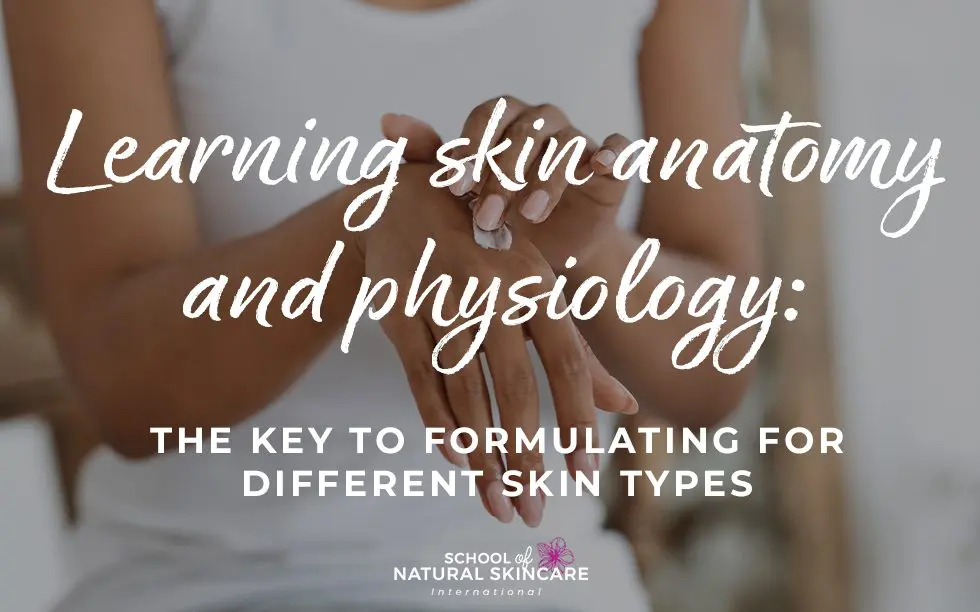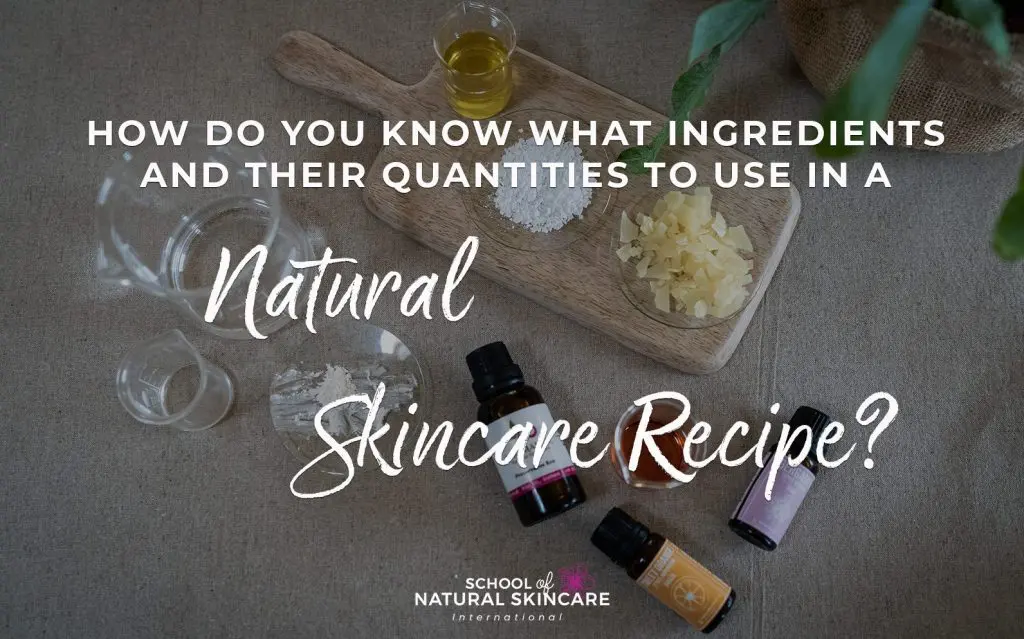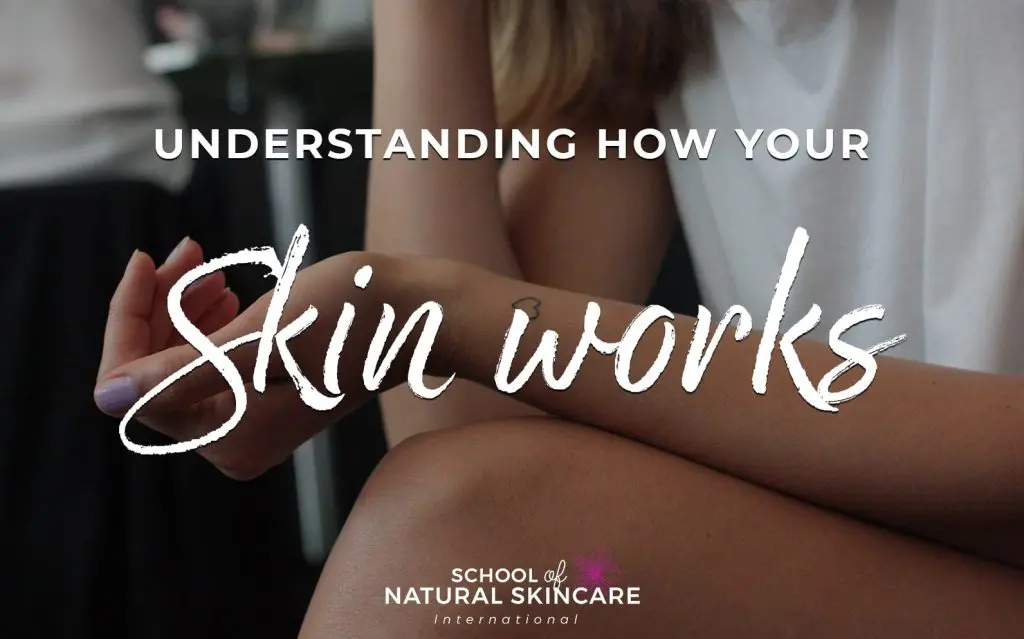Whether it’s the power to address a specific skincare need, the desire to free yourself from unhealthy chemicals, or a call to remove products that aren’t in alignment with your personal values, formulating your own skincare products offers you a chance to truly customize what you put on your body. Taking what you’ve made and sharing it with the world can be an amazing way to develop a business that meets a need and makes a difference.
But for many just starting out on the path to creating their own products, it can be difficult to quickly and easily assess if a DIY recipe is safe. Here are some quick tips to get you started.
Consider the Recipe’s Source
This may be the most important consideration: Who created the recipe? Common misconceptions abound, and it can be difficult to sort through all of the conflicting opinions and know who to trust.
Books can be a great resource, but they also can go out of date when new research is available. They may not list all of the information you need to know to create the specific products you want.
Recipes gleaned from websites, blogs, YouTube channels and even Pinterest links may have been created by well-intentioned people who are accidentally passing on inaccurate information.

Think Safety First
On the surface, safety can include a wide range of potential issues. Not every seemingly-unpronounceable ingredient is by default harmful, and not every edible ingredient is good for your skin. Too many safe ingredients, in the wrong combinations or proportions, can lead to an unsafe result. As you build your skills and knowledge about ingredients and interactions, you’ll be able to spot specific potential problems and troubleshoot them, but broadly, safety considerations can be easily narrowed down into a few key categories:
Preservatives
Using the right kind of preservative is essential for a safe and long-lasting product.
For many people with a goal of using more natural products, preservatives tend to get a bad reputation. The function of preservatives is simply to prevent microorganisms, bacteria, mold, and yeast from growing. It is true that parabens, a collection of synthetic esters widely used as preservatives in many cosmetics and other body-care items, have been linked to harmful effects on female reproductive health and endocrine disruption.
However, there are safer, natural options. Using the right kind of preservative is essential for a safe and long-lasting product.
If the DIY recipe you’re considering contains water in any form (including aloe vera) and doesn’t include a preservative, it is going to be unsafe—even if you intend to keep it in the fridge to extend its shelf life.
It’s also not uncommon for DIY recipes to mistake antioxidants for preservatives. While antioxidants such as Vitamin E, rosemary extract, and grapefruit seed extract can extend shelf life by preventing oxidation in oils and butters, they do not stop the spread of bacteria, yeast, and mold. In fact, many commercially-available grapefruit seed extracts contain additional ingredients, even preservatives, which may be affecting your end result in unexpected, harmful ways.
From building a beautiful fragrance profile to providing numerous health benefits, essential oils are some of the best things in a formulator’s toolkit. They can also be the most misunderstood. Many recipes found online or in outdated sources neglect to mention any contraindications that an essential oil may have.
Are there any medical conditions or ailments which might be exacerbated by the use of a particular oil? Is the essential oil you are using reactive to sunlight? Does the recipe call for too large of a quantity of essential oils, relative to the other ingredients?
Another thing to consider is who your intended recipient for the product is, and what needs to be taken into consideration to achieve the highest level of safety for them. For example, in formulating products for very young children, certain essential oils are not recommended and can even be harmful. Even essential oils which are safe should be diluted at different concentrations depending on the age of the intended recipient. In elderly individuals, changes in the skin can make it more permeable, and also slower to recover from injury.
Essential oils
Essential oils are some of the best things in a formulator’s toolkit. They can also be the most misunderstood.
Emulsifiers and Solubilizers
If you attempt a recipe that uses both oil and water, it will require some kind of emulsifier or solubilizer
Oil and water don’t mix. And even if you agitate them, they very quickly separate, often leading to a result that is both aesthetically displeasing as well as functionally less effective. If you attempt a recipe that uses both oil and water, it will require some kind of emulsifier or solubilizer to maintain the consistency desired, and to prevent separation. Which one you choose depends on what kind of product you are making.
Shaking a bottle every time you use it is great for a vinaigrette, but there are better options out there. When making toners, room sprays, and mists, keeping the smaller amounts of oils from separating out requires a solubilizer. When considering a recipe with a larger amount of oil, an emulsifier will be essential to hold that emulsion.
As a fairly commonly-available ingredient, beeswax tends to be used in DIY recipes such as lotions in place of an emulsifier, but it is not. Beeswax is a wonderful thickener which can soften and soothe the skin, but attempting to use it as an emulsifier will only result in a separated product, no matter how long or how carefully it’s mixed.
Finally, it should go without saying that when preparing products for yourself and others, proper care must be taken in your workspace to prevent accidental contamination. Your working area must be clean, as well as all of your tools, and proper personal hygiene should be considered as well. Take care to wear proper protective clothing and clearly label your raw materials.
You can read more about the FDA guidelines for Good Manufacturing Practice here. Even if you’re only making a product for yourself, or testing a new formulation, it’s important to follow best practices in order to achieve the best results.
Good practice
It’s important to follow best practices in order to achieve the best results.
There are many factors to consider when approaching a new DIY recipe, and it can feel intimidating to know where to begin, and how to separate out the good advice from the bad. But like any skill, it gets better the more you practice, and good information is available, once you know where to look.
You can expand your skills today by signing up to learn more about the Diploma in Natural Skincare Formulation. The course includes 14 in-depth modules and over 80 videos that you can explore at your own pace, and teaches you everything you need to know to take your passion for natural beauty from a hobby to a business.
Armed with this knowledge you’ll know exactly how to spot an unsafe DIY recipe—and how to fix it!
Free Online Organic Skincare Formulation Course
Fundamentals of Skincare Formulation
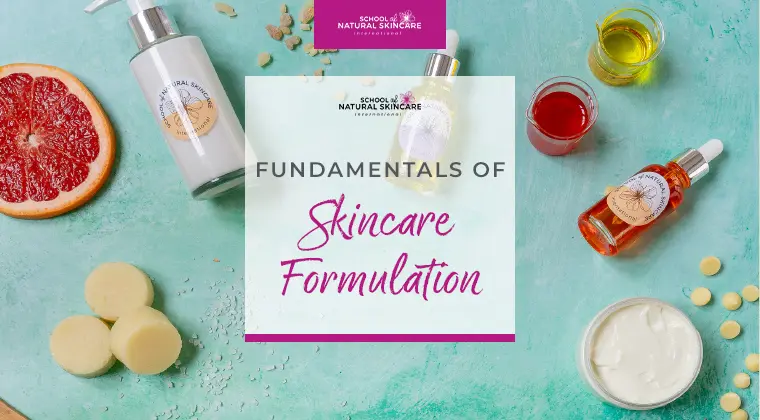
Learn the essentials of skincare formulation with our FREE course!
If you’re confused by all the misleading information out there, we’re here to guide you. Learn how to create natural and organic products confidently, using industry best practices, under the guidance of professional cosmetic scientists.
Exclusive for our newsletter subscribers. Sign up now.
We look after your data in accordance with our privacy policy.
What you’ll learn:
- Formulation Foundations: The basics of cosmetic chemistry and skincare formulation.
- Bodycare: Make a shea-butter-rich body moisturizer with our pro formula.
- Facial Skincare: Rejuvenate your skin with our two facial oil formulas.
- Creams & Lotions: Create shelf-stable moisturizers using our tried-and-tested formula.
- Natural Ingredients: Understand the key natural and organic ingredients used in formulations.
Exclusive for our newsletter subscribers. Sign up now and start formulating your own natural products today!
Enjoyed learning about unsafe DIY? Save this image below on Pinterest so you can be sure to remember!
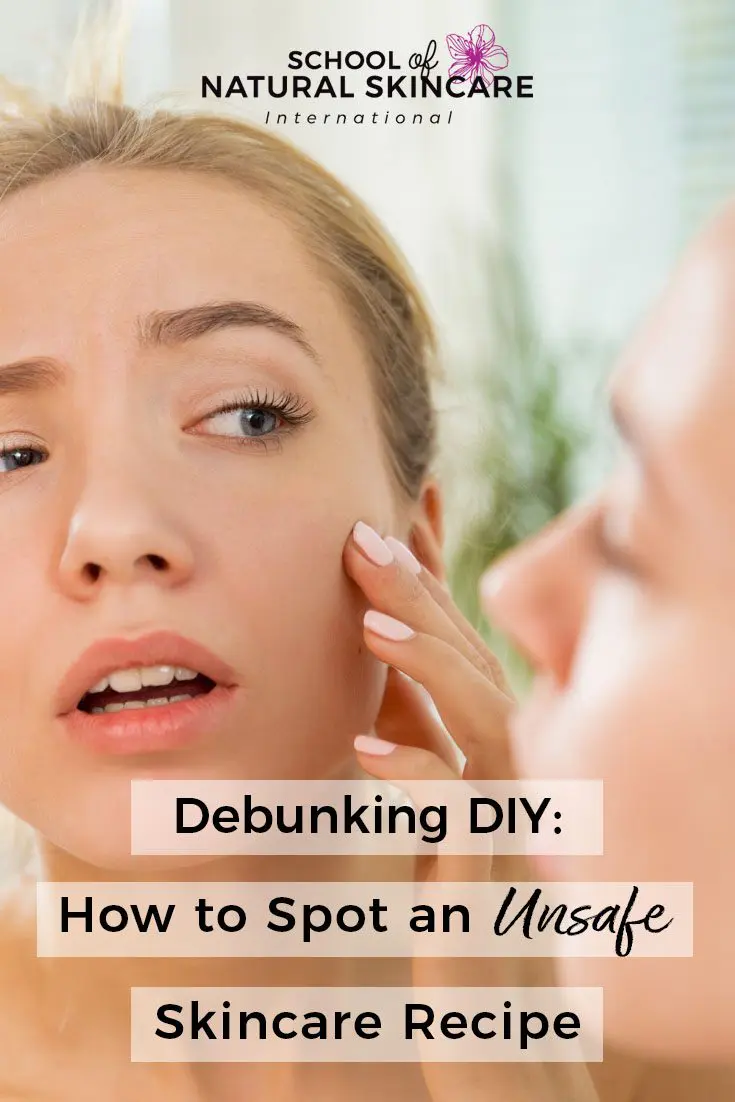
References
“New developments in the extraction and determination of parabens in cosmetics and environmental samples. A review.”
https://www.ncbi.nlm.nih.gov/pubmed/25597796
Tisserand, Essential Oil Safety: A Guide for Health Care Professionals, 2nd ed.
